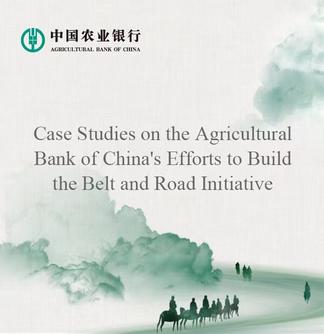
BEIJING, April 25 (Xinhua) -- China will increase quotas for two pilot schemes that allow domestic investors to access foreign assets, as part of its broader efforts to open up the financial market, according to the country's foreign exchange regulator.
The quota for the Qualified Domestic Limited Partnership (QDLP) program in Shanghai and the quota for the Qualified Domestic Investment Enterprise (QDIE) program in Shenzhen will be expanded to 5 billion U.S. dollars each, the State Administration of Foreign Exchange (SAFE) said Tuesday in an online statement.
The QDLP program was first launched in Shanghai in 2013 while QDIE was launched in Shenzhen in 2014. Both schemes offer channels for qualified domestic institutions to invest overseas.
China has launched a new round of the programs since late last year. The QDLP program in Shanghai had a previous quota of 2 billion dollars, which was used up by the end of February, according to the SAFE.
The QDIE program in Shenzhen had a previous quota of 2.5 billion dollars, 1.26 billion of which had been allocated by April 9 this year.
The SAFE will steadily push forward the pilot programs and improve the macro-prudential management of the schemes, the statement said.
The move came after a SAFE announcement earlier this month, which stated that the country will push the reform of the Qualified Domestic Institutional Investor (QDII) program, a similar scheme for outbound investment.
China has yet to fully liberalize its capital account, with programs such as QDII and Qualified Foreign Institutional Investors (QFII) providing financial institutions with quotas for outbound and inbound investment, respectively.
The reform measures for outbound investment come at a time when China is stepping up efforts to open its financial market.
Among the opening-up measures, China will expand the business scope of foreign banks and impose no restrictions on the scope of joint-venture securities companies.
The opening up of the financial sector should go together with reform of the exchange rate formation mechanism and the process of advancing capital account convertibility, according to central bank governor Yi Gang.




 A single purchase
A single purchase









